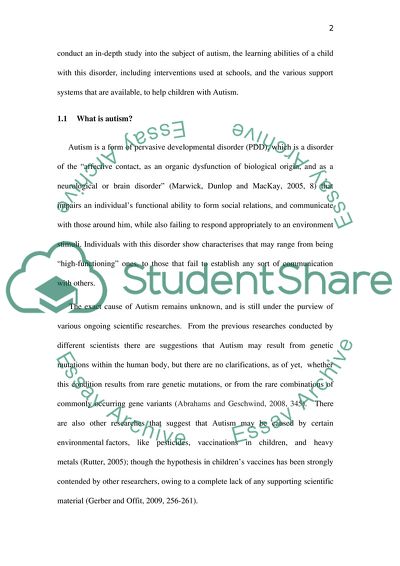Cite this document
(“Autistic Spectrum Disorders Literature review Example | Topics and Well Written Essays - 2000 words”, n.d.)
Autistic Spectrum Disorders Literature review Example | Topics and Well Written Essays - 2000 words. Retrieved from https://studentshare.org/psychology/1748739-sen-autism-and-learning
Autistic Spectrum Disorders Literature review Example | Topics and Well Written Essays - 2000 words. Retrieved from https://studentshare.org/psychology/1748739-sen-autism-and-learning
(Autistic Spectrum Disorders Literature Review Example | Topics and Well Written Essays - 2000 Words)
Autistic Spectrum Disorders Literature Review Example | Topics and Well Written Essays - 2000 Words. https://studentshare.org/psychology/1748739-sen-autism-and-learning.
Autistic Spectrum Disorders Literature Review Example | Topics and Well Written Essays - 2000 Words. https://studentshare.org/psychology/1748739-sen-autism-and-learning.
“Autistic Spectrum Disorders Literature Review Example | Topics and Well Written Essays - 2000 Words”, n.d. https://studentshare.org/psychology/1748739-sen-autism-and-learning.


